I have an unnatural interest in graveyards, I suppose. When I was a more active genealogist a few years ago, trips to cemeteries were just part of the routine. While I always hoped that the next cemetery would be the one with critical clues to open up a new generation to me, I had another reason for visiting: when I saw the memorials in person, my ancestors seemed more real. In the course of researching this travel guide, I still wander through the occasional cemetery, because, just like my family history research, it helps brings historical characters to life.
The monuments can offer intriguing clues about a person’s life story. A mysterious medallion next to a marker; a symbol carved into stone; a few carefully chosen words. When I was leafing through local history books in Platteville, Wisconsin this fall, I read a story about a headstone with an especially moving inscription. Visiting the cemetery was a foregone conclusion, although locating it turned out to be more difficult than I expected. In my first attempt, I drove around the back roads of southwest Wisconsin for an hour and searched three small cemeteries, none of which contained the grave I was looking for. A quick bit of Internet research that evening pointed me in the right direction. The next day I went down a dirt road I had missed the day before and found the cemetery atop a low rise in the landscape. In this small cemetery—there were fewer than a hundred headstones—surrounded by corn fields and not much else, Catherine Jordan was buried in 1868.
After the Civil War, the town of Glen Haven, Wisconsin, was emerging as an important shipping point for stock and farm produce, owing to its location on the Mississippi River. The town was booming, as was the general store run by William Jordan. In the summer of 1868, Catherine, his daughter, was being courted by William Kidd, a young man who had grown up on a neighboring farm. Kidd was in love with her, but she did not return his affection. After she rebuffed his marriage proposal, Kidd grew increasingly frustrated and threatened to kill her if she did not marry him. (He was quite the charmer.) On the evening of June 15 he convinced her to join him for a buggy ride in the country. The next morning, her body was found in a ditch—her hands and arms were severely bruised and her throat cut. Following the murder, Kidd reportedly rode back to his father’s stable, hopped on another horse and rode to nearby Boscobel, then ditched the horse and disappeared. He was immediately identified as the killer and an $1,800 reward was offered for his capture and return. Four months later, he was apprehended in Minnesota by James Delaware, a former acquaintance of Kidd’s, and Frank Winship. During the ride back to Wisconsin for trial, he confessed to Delaware and said that he had killed her out of jealousy. A short time later, he removed a vial he had hidden in his clothes and drank a fatal dose of strychnine.
Catherine Jordan was buried in the cemetery near the village of North Andover. Her father, with a few simple, carefully chosen words, summed up the tragedy of her short life, while simultaneously branding Kidd as the scoundrel responsible for it. The inscription on her tombstone reads:
“In memory of Catherine E.,
dau. Of
Wm. & Martha Jordan,
murdered by Wm. Kidd
June 15, 1868,
aged
21 yrs, 3 mo’s,
& 6 d’s.”
© Dean Klinkenberg, 2008
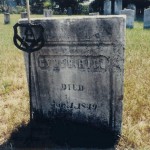
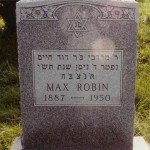
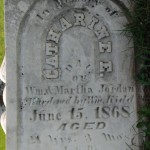
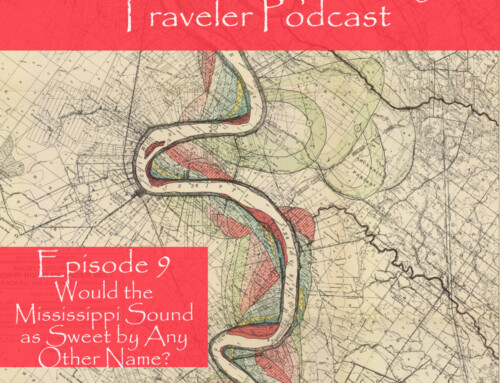

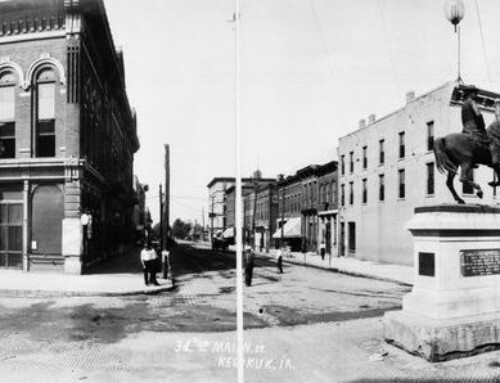
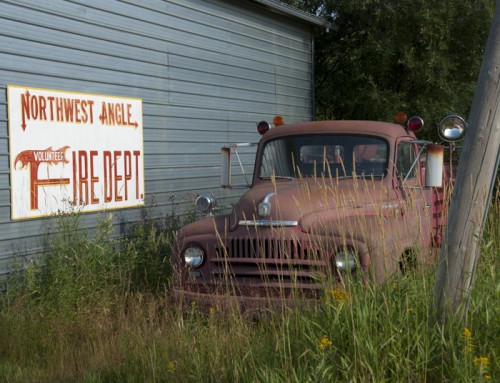

[…] Read about the tragic murder of Glen Haven resident Catherine Jordan here. […]
Apparently some things never change. This could have been on the evening news last night (with cars instead of horses, of course). Sheesh! Human nature….
This is Jessica, Johns neice. You are a wonderful writer by the way. I myself have a wordpress blog too. 🙂